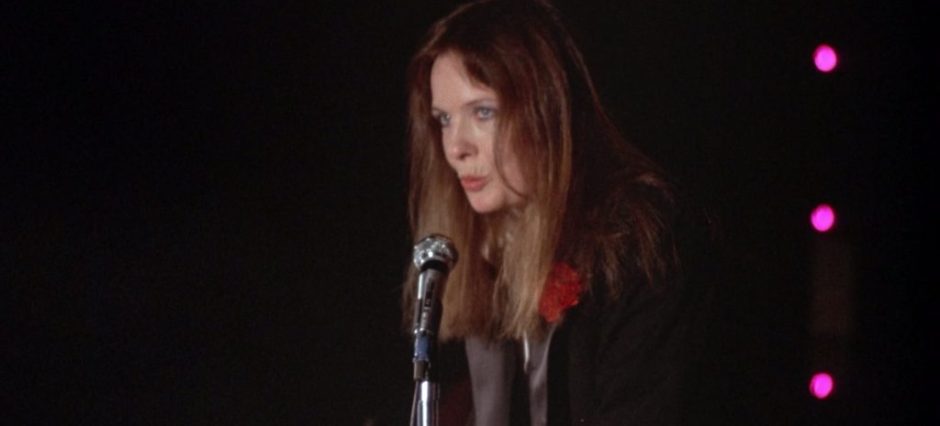If we consider all of the previous blog post (PROJECT IDEA 1) in line with the ‘Action Research Cycle’, at this point, after PLANNING, ACTING, OBSERVING and REFLECTING, I found myself back at the beginning of the cycle. It was time to re-visit the initial intervention report with all of the knowledge I had acquired throughout the Action Research Project so far. Working through the initial ARP cycle helped my re-gain my confidence — especially in discovering my discomfort in the potential limitations or issues related to targeting social justice issues as ‘content’ for student to work through, and also in the drawbacks of giving students material limitations in creating work that is supposed to reflect their individual voice (despite the necessity of this in a time-pressured learning environment).
My intervention report discussed the idea of staging a ‘catwalk’ showcase, acknowledging the challenge of determining the conceptual underpinnings that would guide the students in creating outcomes, in line with our research in Inclusive Practices. In summer 2024, I wrote that the potential conceptual underpinnings of the students’ making processes could relate to the nature of the catwalk medium itself. Writing and delivering project resources on the socio-cultural nature of wearable artefacts, I could later ask the students to consider these contexts in line with their own positionality and making processes. For bibliography and full details of the inital plan, please see my intervention report:
What became clear to me as I worked through the first cycle of the Action Research Project, was that limiting the potential subject matter of the students’ responses to the brief — especially in limiting the subject matter to something as potentially harmful as a student’s identity on the intersectional framework — needed to be addressed within the plan for the intervention. I spent a lot of time discussing this with my co-lecturer, Ching-Li Chew, who I would be co-delivering the Unit with. We knew we needed an anchor point that had the potential to support students who wished to use the project to explore their individual selfhood and positionality, but we also wanted to protect and be open to students who did not feel they wanted to share inherently personal subject matter with the class. After all, the main goal that was outlined in the initial intervention report was for the class to have an opportunity to recognise each other as resources12 and individuals who make up a learning community3 — and of course, the value of a student ‘as a resource’ extends exponentially from the self and into a myriad of knowledge[s] and experience[s].
It was from here that we began exploring notions of individual ‘taste’, rather than selfhood. Asking questions such as:

Image source: Cloudy With a Chance of Mall Goth, THE FACE Interview with Sean Monahan <https://theface.com/life/trend-forecasting-sean-monahan-khole-vibe-shift-normcore-tiktok> [Last accessed February 2024]
Where does our taste come from? Cultural heritage? Consumerism? Vibe-shifts? Music? Politics? Fundamental needs? The algorithm? How can we define our taste? Aesthetics? Identity? Language? Behaviour? Social Media? Semiotics? Is there such a thing as good or bad taste? And how can we argue this one way, or the other?
These questions, and the conceptual underpinning of ‘taste’ helped re-focus my initial research question[s] to become, more broadly:
How can creative methods be used to examine, interpret, and describe socio-cultural narratives?4
It was from here that the revised (and final) ethical action plan took shape:
Full bibliography contained in the footnotes of the above .doc files.
- hooks, bell (1994) Teaching to Transgress: Education as the Practice of Freedom, Routledge, p. 8 ↩︎
- Sadiq, Asif (2023) Diversity, Equity & Inclusion. Learning how to get it right, TEDx. Youtube, 2 March. Available at: https://www.youtube.com/watch?v=HR4wz1b54hw (Accessed: 26 July 2024) ↩︎
- hooks, bell (1994) Teaching to Transgress: Education as the Practice of Freedom, Routledge, p. 8 ↩︎
- Research question borrowed and adapted from: Fauchon, Mireille (2024) Illustration, Narrative and the Suffragette, Bloomsbury Publishing
↩︎
